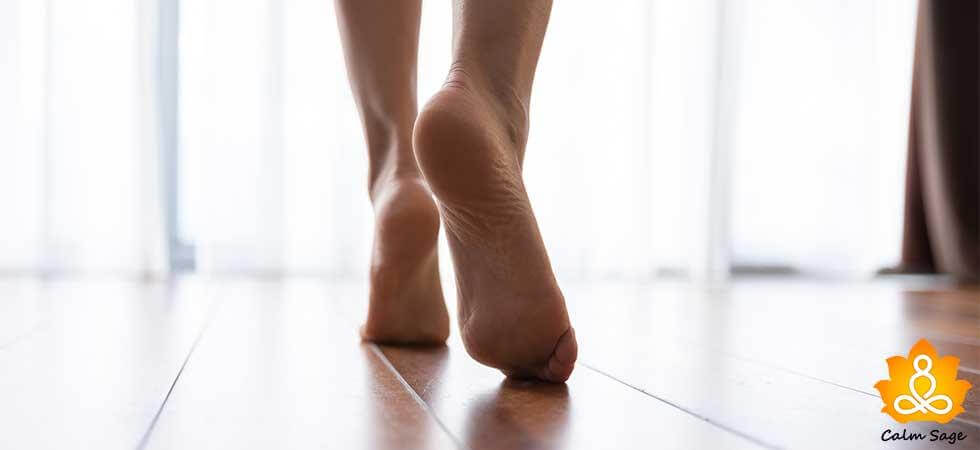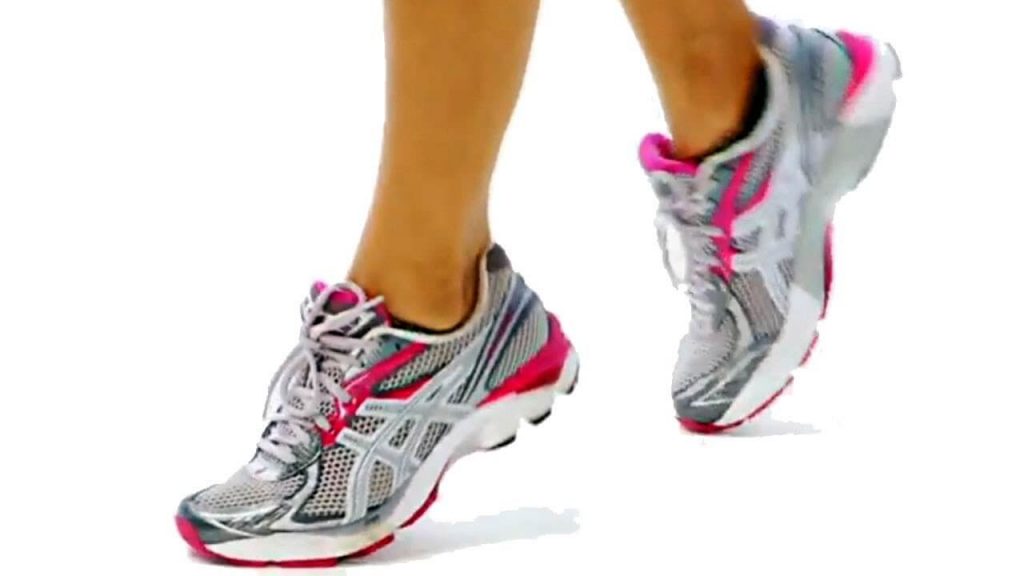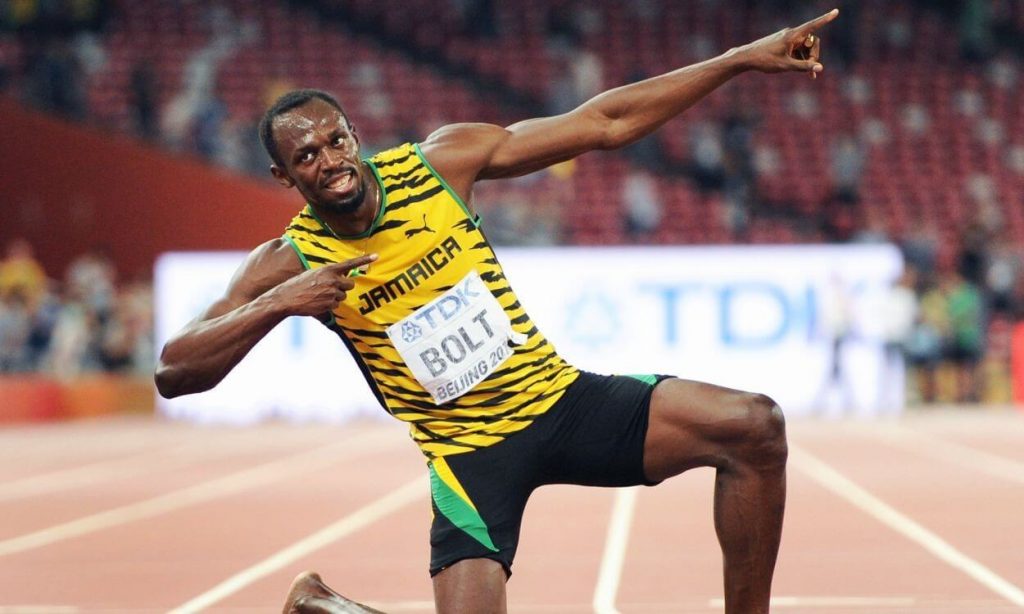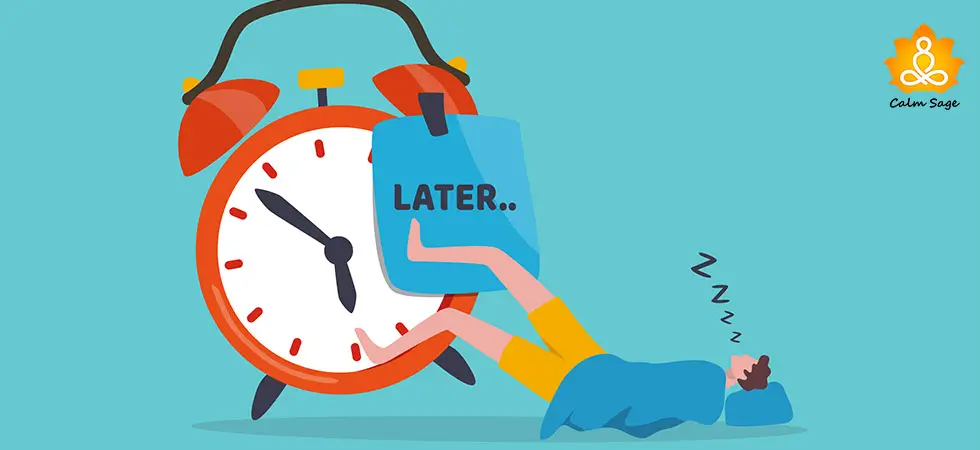One Step at a Time: A Guide to Mindful Walking

Walking is something that we do almost every day. If you are not differently abled then you have two healthy legs which are efficient enough to carry you around the world and even more. Almost all beings with legs are able to walk. Isn’t it amazing? We have been gifted with the tool to commute anywhere we want. We have our legs with us. Even if no one is ready to offer a lift to you, you can always start walking. The distance can be nonsensical but at least no one can stop you. Quite convenient? Isn’t it?
Humans began to walk even before they became humans. Apes, monkeys, chimpanzees, etc. have been running around the planet for as long as the history goes. So can we say that we have become efficient in this subtle art of walking? Have you ever heard of mindful walking? No?
One Step at a Time: Mindful Walking
1. Programmed for walking
In a study done on infants of 2-3 months, it was found that babies, when held up for support, start moving their legs (this is way earlier than they will actually learn to walk). The same experiment was later done on infants of 8-9 months, they were held in water and it was shown that they started moving their legs with some stimulation. By this experiment, scientists concluded that humans were, in a way, pre-programmed for walking.
2. Difference in walking styles
So there is a significant difference in the walking styles of an infant and that of adults. Infants usually walk on their toes and don’t touch their heel from the ground with every step. This pattern can be found in most of the infants but changes over time as they get accustomed to using footwear.
The second walking style can be seen in adults marching everywhere on the planet. They transition their foot from heel to toe, which is totally opposite from how infants walk. Why is it so? Why do infants walk differently even though we are termed as “programmed to walk”? you can read about How You Can Become An Alpha Male
3. Activity Time!
I love offering explanations through unconventional examples. So, I will try to help you understand the answers to the questions above. Stand up and find an open space enough for you to walk 6-7 normal steps. Use your index fingers and put them in your ears, such that they close your ears. You can even use thumbs. Just try to close your ears as much as you can, comfortably. The goal is to limit the outside sound from reaching your ears. Something like this:

Okay, so now, start walking around normally.

Do you notice anything you haven’t despite walking for all these years? No? Yes? Did you notice a thumping sound in your ears with every step? Do you know what that sound is? No? That is the sound of your heel and knee striking the ground again and again with every step.
Now, without removing the fingers, try walking on your toes and don’t put your heel on the ground. Something like this:

Did you notice the difference? The thumping is gone. Did you notice something else? You are now using your heel and knee joint more while walking. This change comes in because you are now using more of your joints to absorb the shock as you walk, and that too with every step. Now imagine all the shock through this thumping that you have been putting on your body, knees and heels, with every step till now. It slowly eats up the life of your joints. Our calf muscles remain under used and when we start walking on toes, we feel like we are putting more pressure on them. In fact, we just used them for some steps. It reduces stress also
Do you know apart from infants who use toe walking?

Yes, Usain Bolt and not only him but almost all the world class athletes are trained hard to run on toes and not heels. It increases speed, uses less energy, provides control, balance and most above all; cushions knee and other joints.
4. Mindful Walking
So what is mindful walking? To put it in simple terms, mindful walking is being aware of every step that you take. It can seem simple but can be quite hard to be aware for longer periods of time. Try to maintain the toe walking for a week and notice the times you forget. Notice how you feel jerks in your knee if you don’t walk by using your joints. You will also notice how your weight shifts from one side to another and also try to maintain the balance. It is quite simple; the difficult part is to maintain the consistency. Read about benefits of walking
Mindful walking can help one get rid of jerks, injuries caused by sudden twisting of ankle, knee related injuries, etc. It also helps in increasing body awareness though continuous and strict effort. Mindful walking is a great way to also start mindfulness training. You won’t have to spend time apart from your daily routine and can learn easily too.
Hope it helps. Try it for a week and do let us know your experience in the comments section below. We would love to hear from you.
Thanks for reading!
Recommended Articles:
1. Best Foods That Help To Reduce Anxiety
2. Step Into The Light- Acceptance Is The Key
3. Change Your Mindset And Reduce Anxiety





















One step at a time! Nicely written and explained. Love CalmSage for so amazing topics.